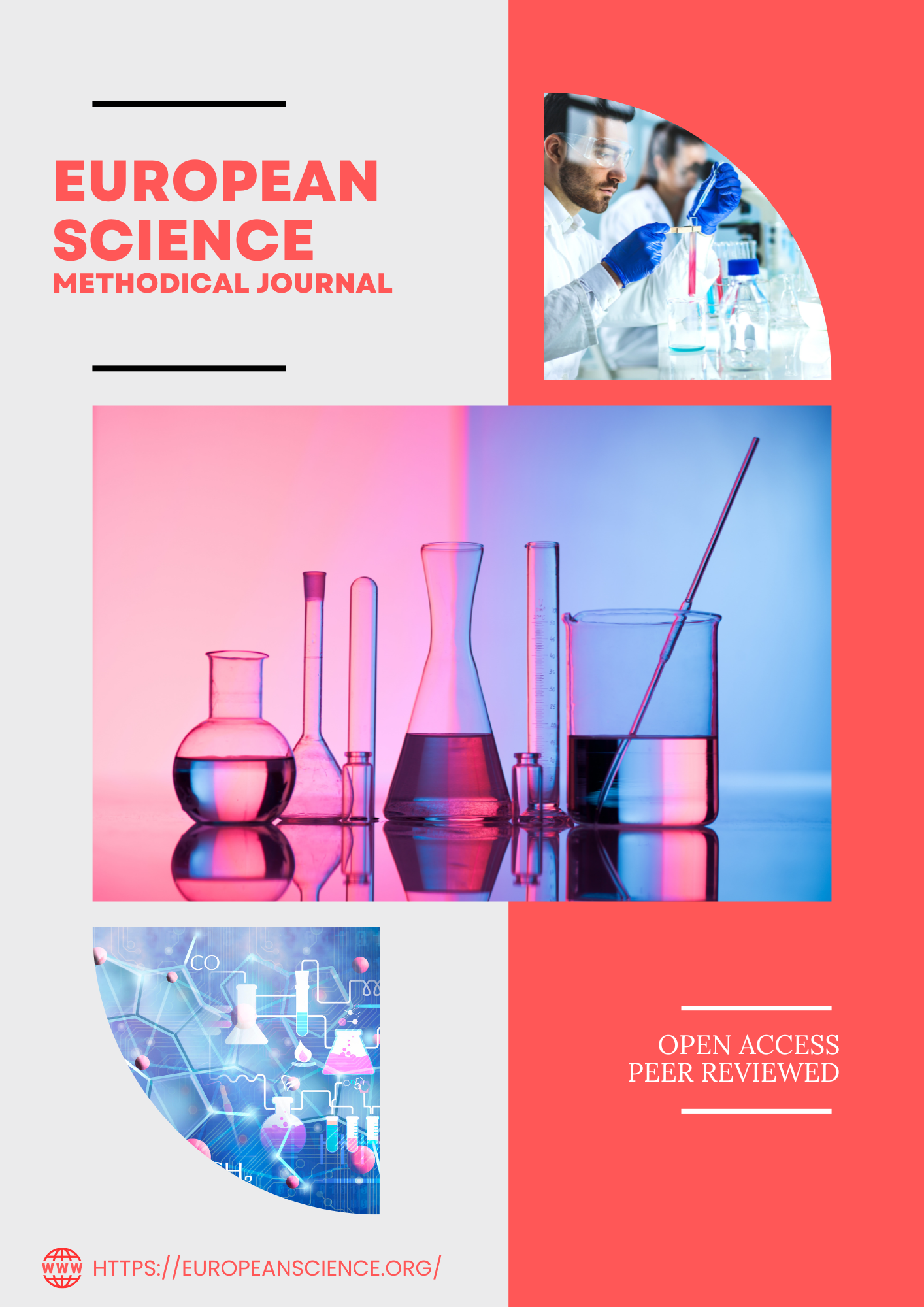Assessment of Heavy Metal Adsorption Efficiency of Shells from Groundnut Grown in KauraNamoda – Zamfara State, Nigeria
Keywords:
Adsorbent; Efficiency; Groundnut; Heavy metal; Wastewater.Abstract
Groundnut is one of the major agricultural products of farmers in KauraNamoda. Yearly, a large quantity of groundnut shells are produced as biomass from groundnut processing sites and disposed indiscriminately into the ecosystem, leading to environmental pollution as just small percentage is utilized for agricultural purposes. The present study investigated the adsorbent efficiency of shells generated from groundnut farms in Kaura Namoda on heavy metals. Findings of this study indicated that a contact time of 60 minutes was sufficient to remove 95.2% and 93.0% of lead (Pb) and chromium (Cr) respectively, while Ni, Cu and Zn require a minimum of 120 minutes contact time to reduce their concentrations by 94.9%, 90.1% and 94.1% respectively. It was revealed from this study that the adsorbent efficacy of groundnut shell was pH sensitive as it works best in alkaline medium. At pH of 10.0, the efficiency of the groundnut shell adsorbent was 96.1%, 95.3%, 87.7%, 94.8% and 96 8% for Pb, Ni, Cu, Cr and Zn respectively, relative to acid medium that gave 94.6%, 93.0%, 84.0%, 91.0% and 94.6% for Pb, Ni, Cu, Cr and Zn respectively. The optimum dose of 10.0g/100cm3 water solution of 6 ppm heavy metal concentration was achieved in this study. The study demonstrated a significant difference (p<0.05) in the adsorption efficiency of groundnut shell for all the water samples analyzed at varying concentrations, an observation attributed to sufficient adsorption site being available for more adsorption at lower concentrationsof heavy metal ions. The study concludes that shells from groundnut grown in Kaura Namoda could serve as alternative cost-effective, ecofriendly and renewable bio-adsorbent for removal of heavy metals from wastewater.Downloads
Published
2023-09-15
Issue
Section
Articles
License

This work is licensed under a Creative Commons Attribution-NonCommercial 4.0 International License.
How to Cite
Assessment of Heavy Metal Adsorption Efficiency of Shells from Groundnut Grown in KauraNamoda – Zamfara State, Nigeria. (2023). European Science Methodical Journal, 1(6), 1-11. https://europeanscience.org/index.php/3/article/view/261















